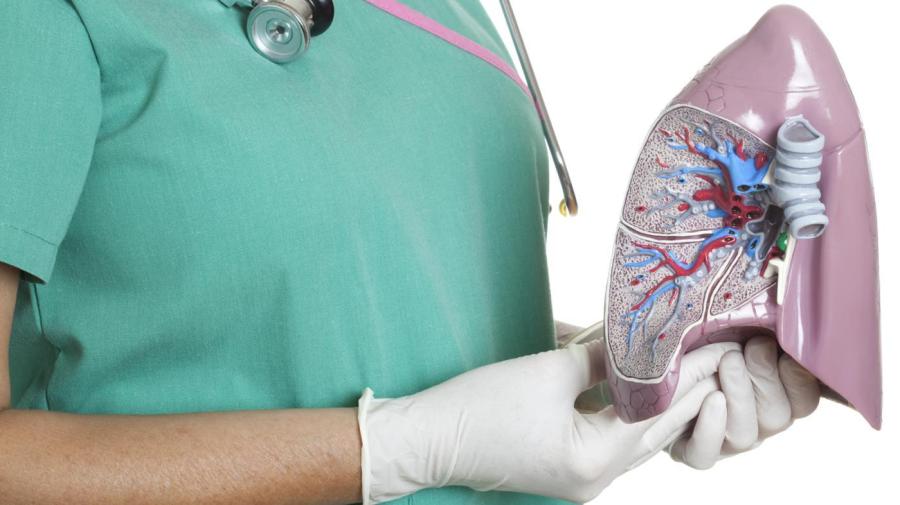What Is the Function of the Pleura?

According to About.com, the pleurae are two-layered membranes lining the chest cavity and lungs that aid the functioning of the lungs during breathing. They serve as a cushion for the lungs and secrete a fluid that allows them to move easily within the chest cavity.
A pleura is a smooth membrane folded over itself to create a two-layered membrane with a space in between known as the pleural cavity, according to Wikipedia. During inhalation and exhalation, the pleurae easily slide against each other with the aid of the slippery fluid in the pleural cavity, allowing for optimal functioning of the lungs. The surface tension created by the pleurae also keep the lungs’ surfaces close to the chest wall, allowing the alveoli to take in more air when breathing.
About.com states that the pleurae normally secrete small amounts of pleural fluid that act as a lubricant for the lungs. When too much of this fluid begins to accumulate, a pleural effusion can occur. According to MedicineNet, this impairs the lungs’ ability to function properly, resulting in symptoms such as chest pain, wheezing and shortness of breath. Pleural effusion is a symptom of an underlying condition and not a disease in itself, resulting from numerous causes including breast cancer, lung cancer, pneumonia, lymphoma, tuberculosis and kidney failure.





